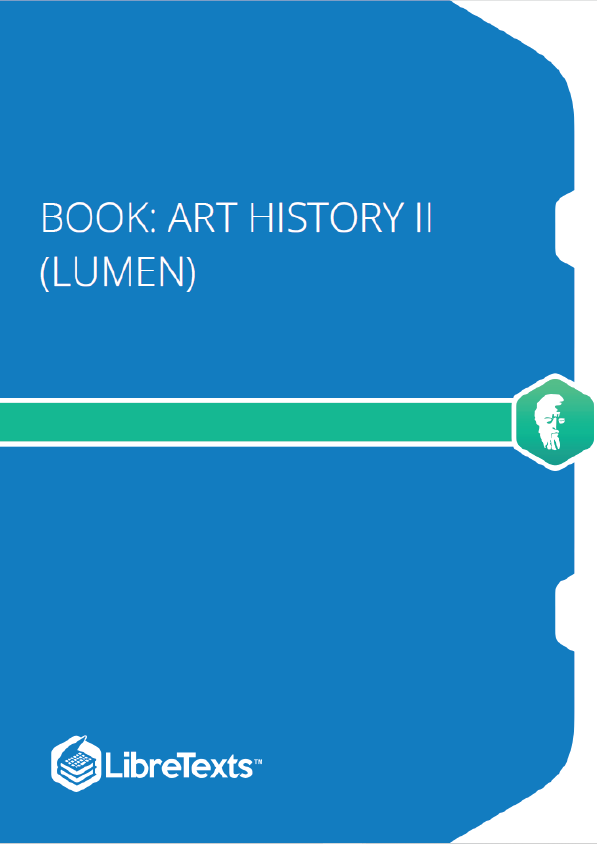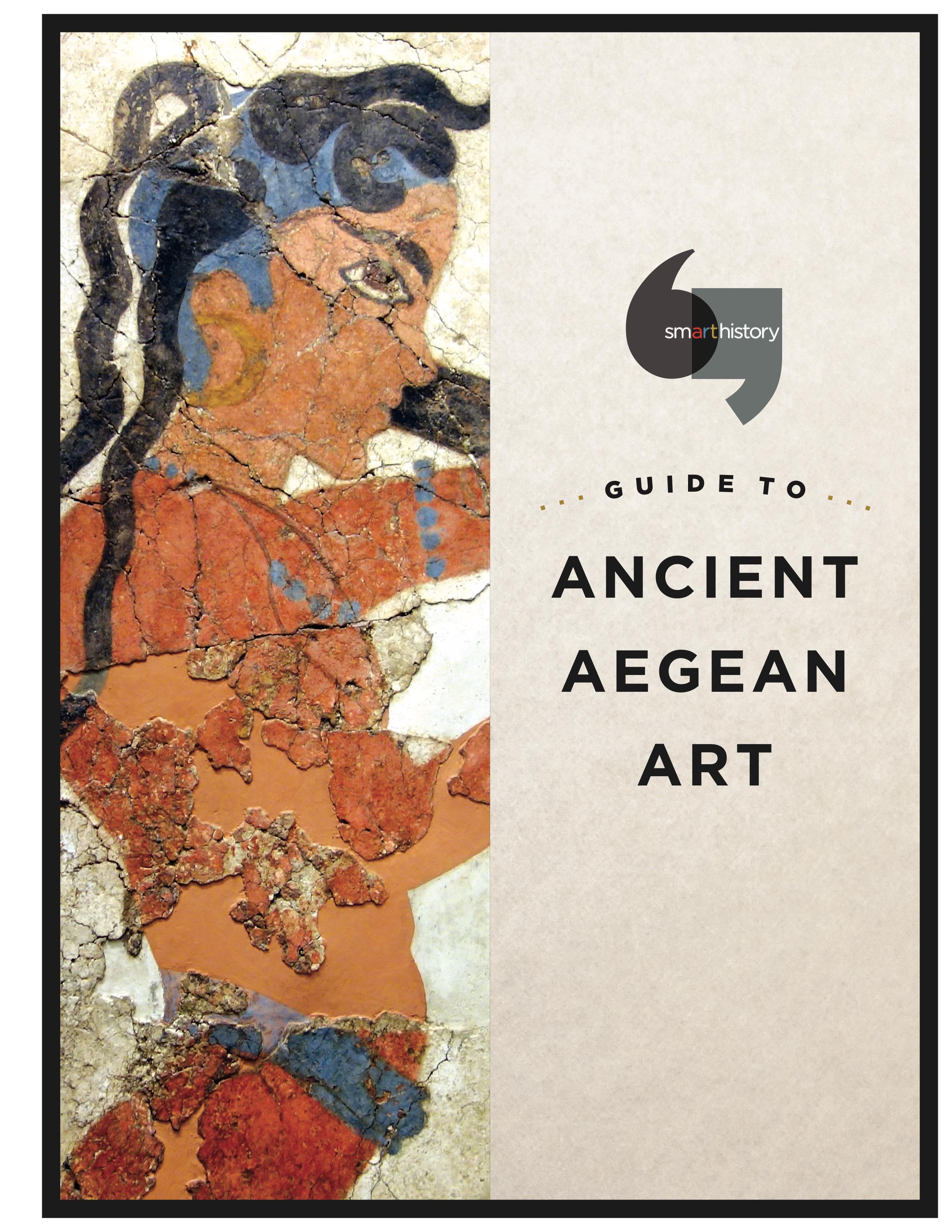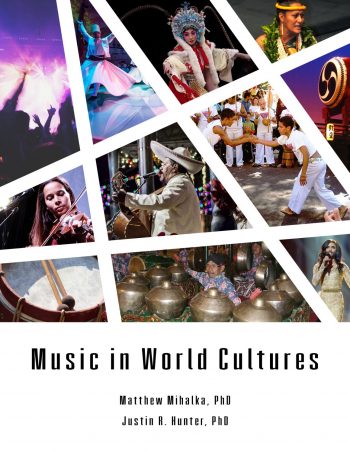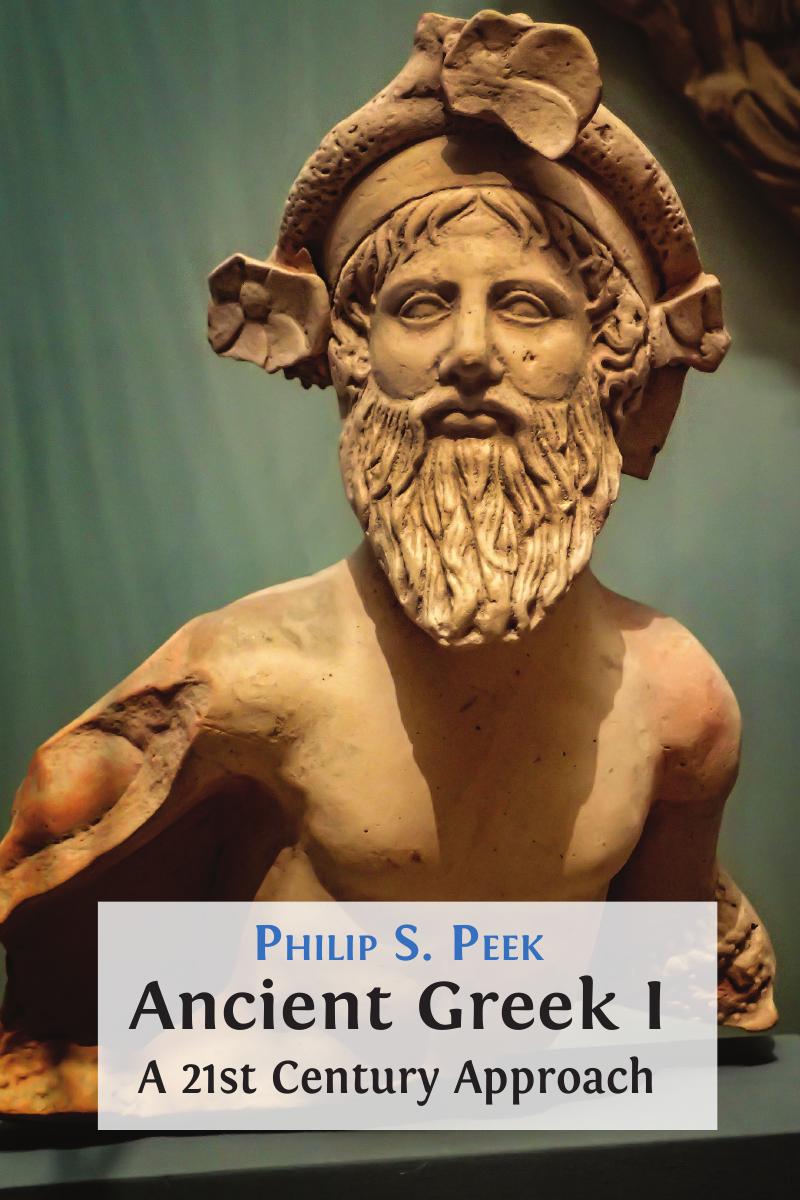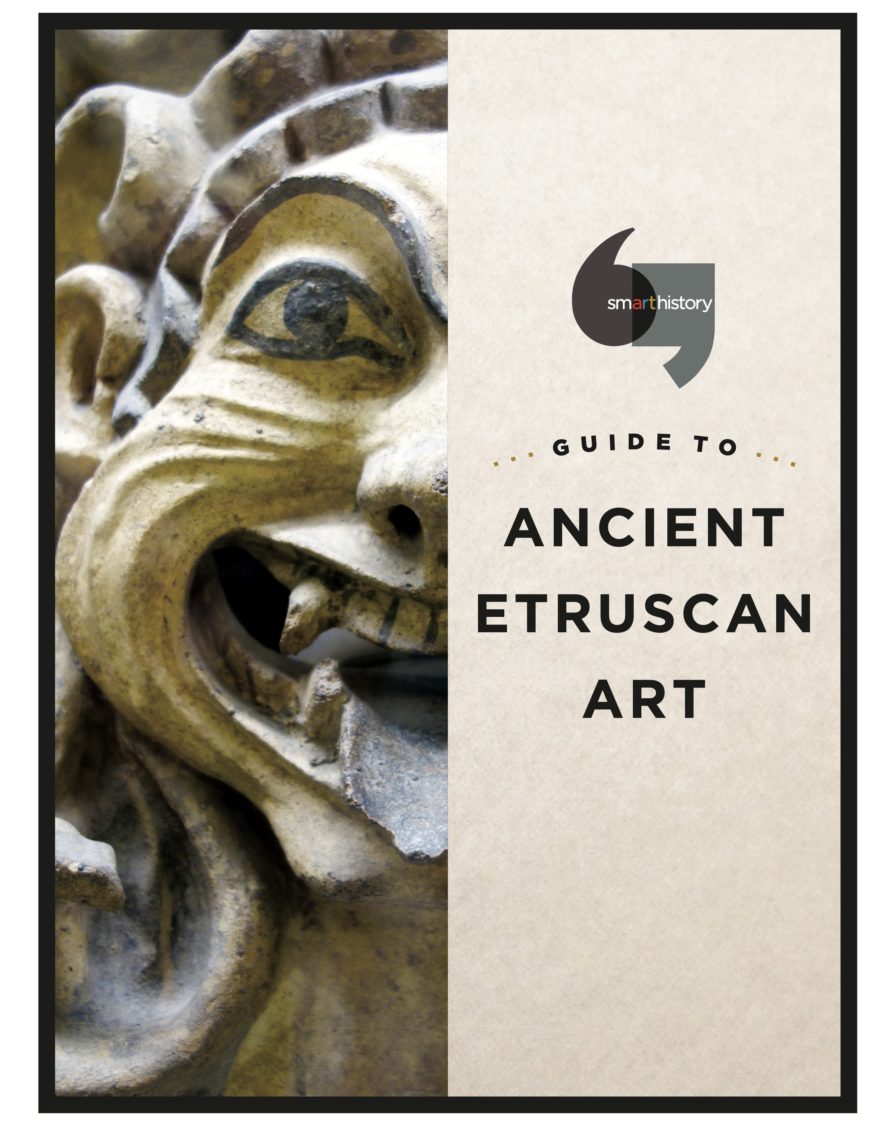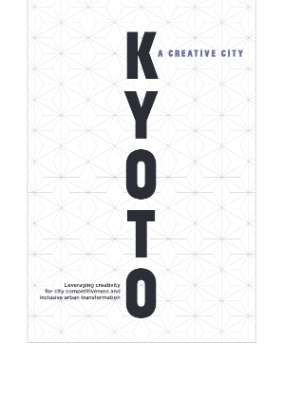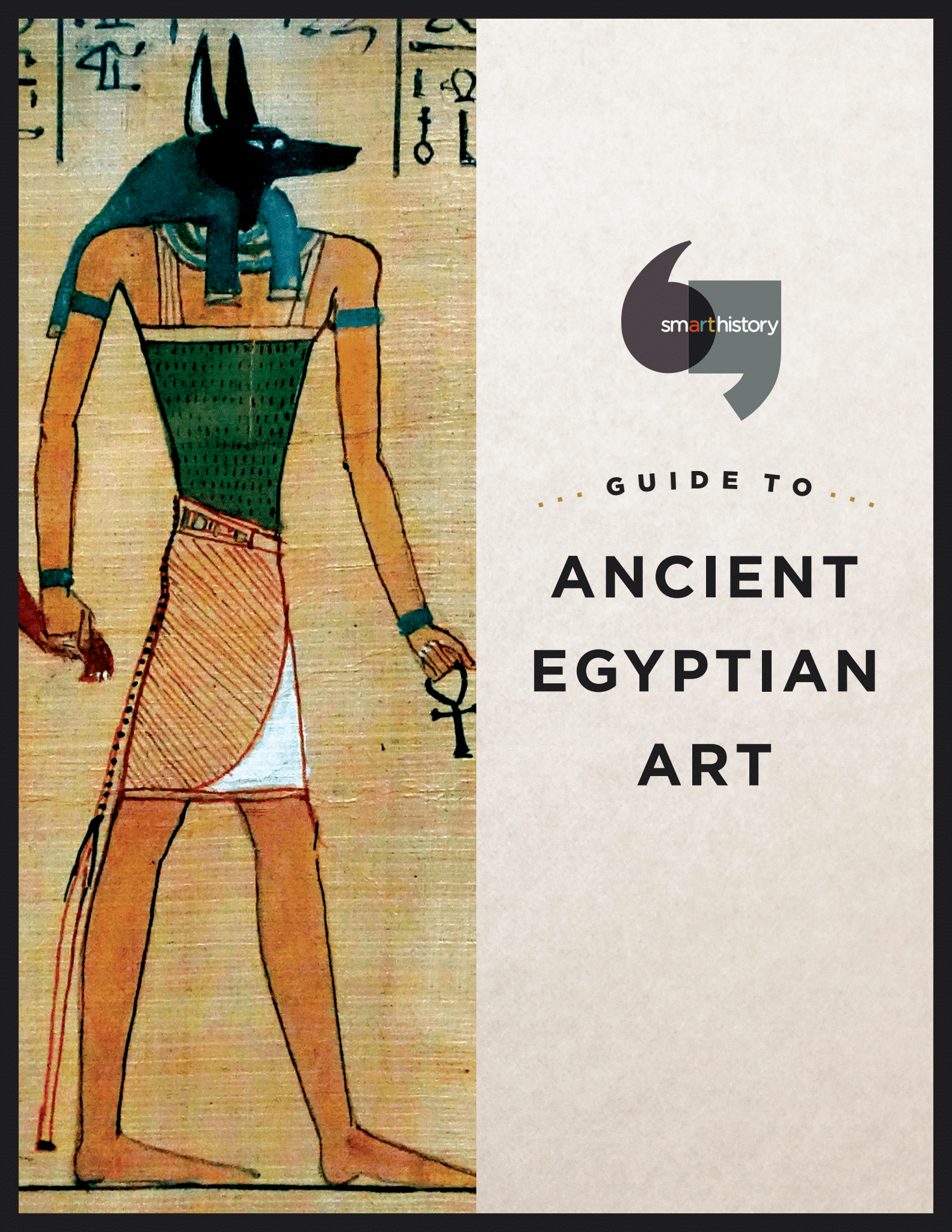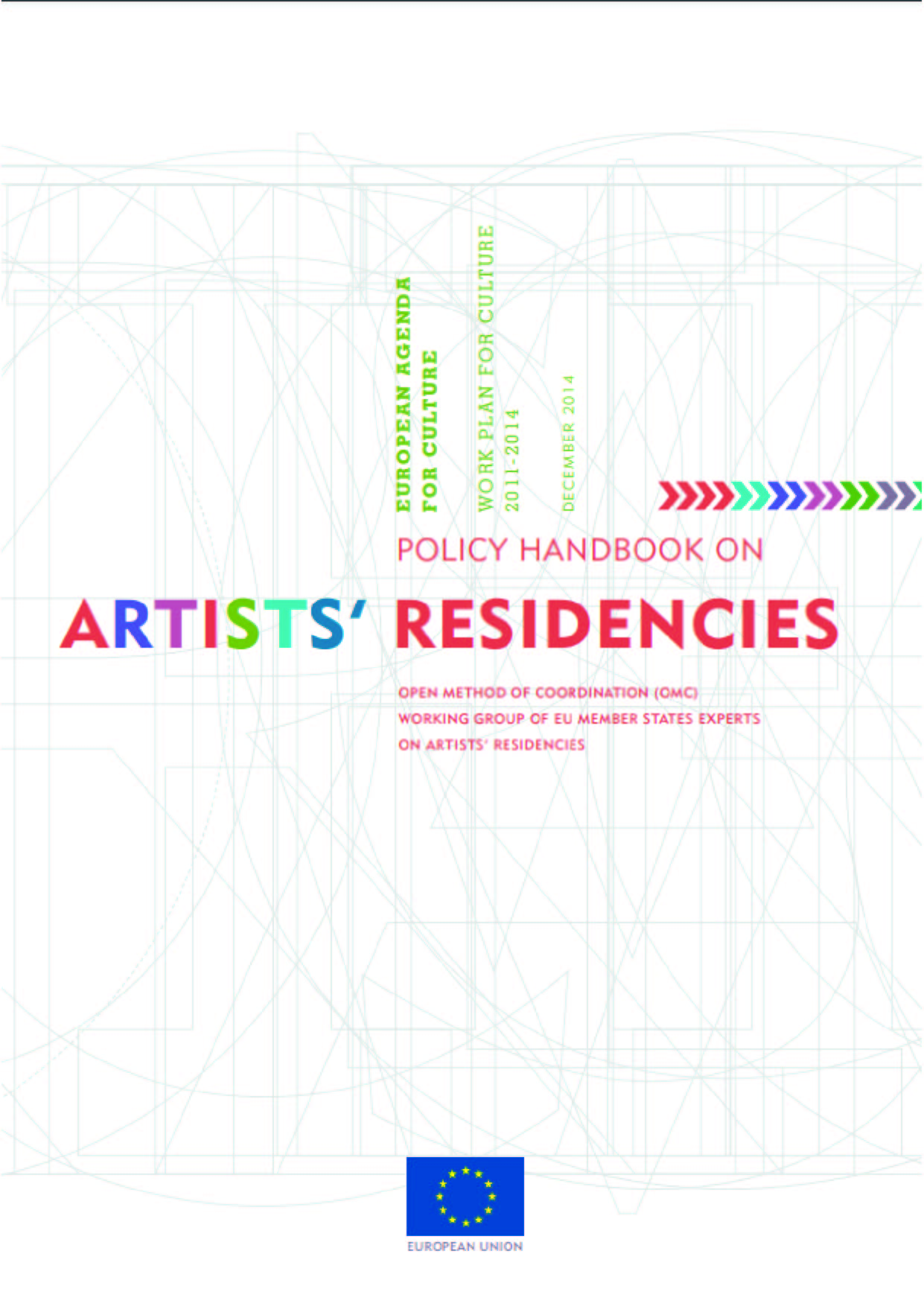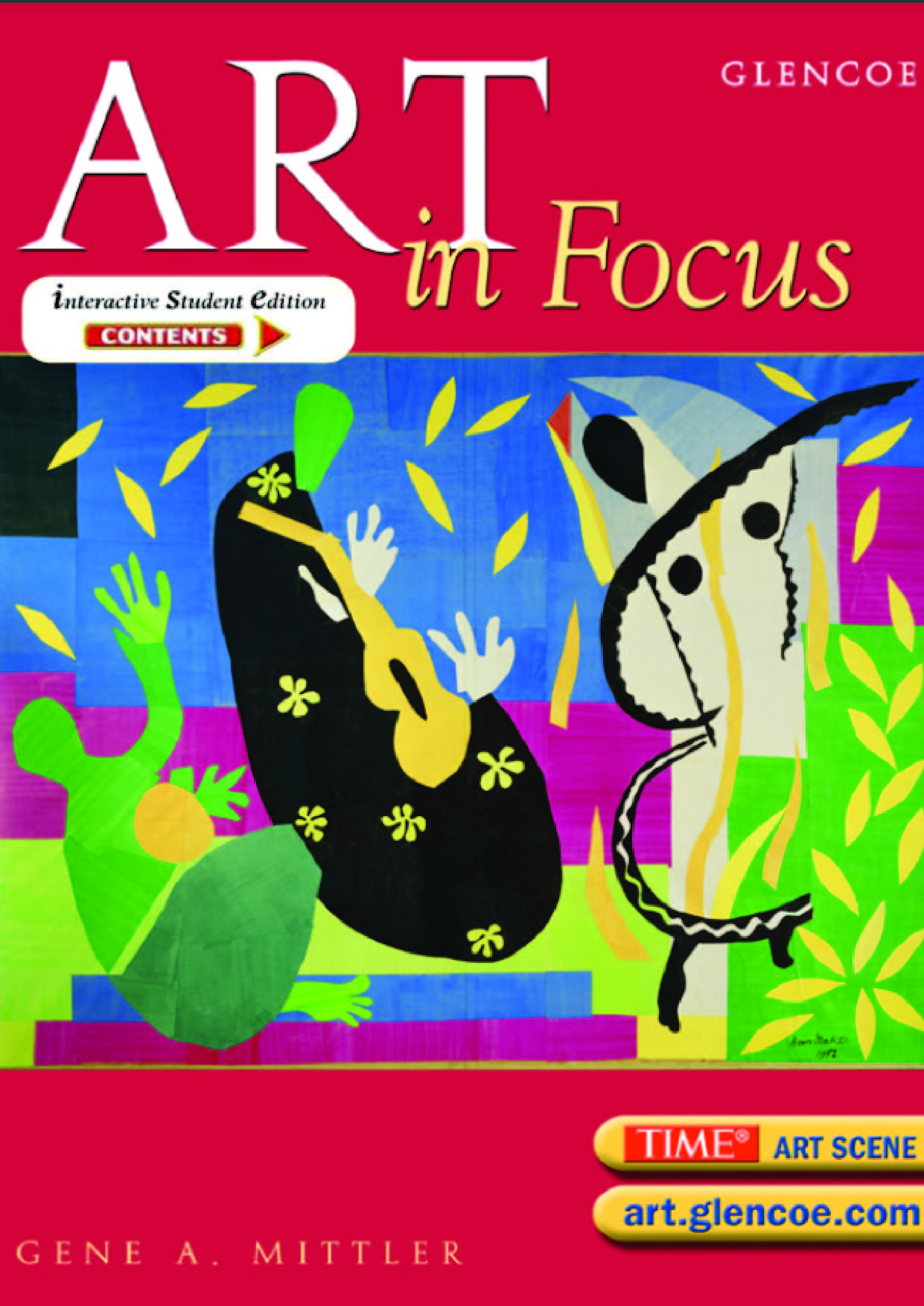Learning Objectives
After successful completion of this module, you will be able to:
- Understand and apply the basic concepts and terminology of Art History as a discipline
- Investigate and apply the fundamental questions we ask when looking at an art object
- Discuss, collaborate, and generate understanding as to the meaning of works of art and architecture
Key Questions to Ask
While you are reviewing the content of this module, consider the following questions:
What year was the artwork created?
What is going on in history when the artwork was created?
How should I look at art? How should I describe art?
What is the special language that is used to describe art?
Key Vocabulary Terms
- form
- content
- representation
- abstraction
- medium/media
- oil
- prints
- woodcuts
- engravings
- tempera
- patronage
- donors
- iconography
Late Medieval or Proto-Renaissance
The Renaissance does not have a start date. Its origins are often located around 1400 but as early as the late 1200s we see changes in painting and sculpture that lay the foundation for what we will come to recognize as the Renaissance. Some scholars call this early period the “Late Gothic”—a term which refers to the late Middle Ages, while other people call it the “Proto-Renaissance”— the beginnings of the Renaissance. In any case, a revolution is beginning to take place in the early 1300s in the way people think about the world, the way they think about the past, and the way they think about themselves and their relationship with God.
The artist who takes the biggest step away from the Medieval style of spiritual representation is Giotto. You could say, in fact, that Giotto changed the direction of art history. Giotto is perhaps best known for the frescos he painted in the Arena Chapel. They were commissioned by a wealthy man named Enrico Scrovegni, the son of a well-known banker (and banker himself). According to the Church, usury (charging interest for a loan) was a sin, and so one of Enrico’s motivations for building the chapel and having it decorated by Giotto may have been to atone for the sin of usury. Commissioning works of art for churches was a very common way of doing “good works” which could help earn one’s way into Heaven. We can see Enrico himself in a fresco of the Last Judgment on the west wall of the chapel, on the side of the blessed (or the elect)—those whom Christ has chosen to go to Heaven. He is shown kneeling, giving a symbolic model of the Arena chapel itself to the Virgin Mary and the Virgin of Charity and the Virgin Annunciate (to whom the chapel was dedicated). In fact, on March 25—the Feast of the Annunciate Virgin—sunlight enters one of the side windows and falls directly on the figure of Enrico Scrovegni.
Figure gives us a sense of what it feels like to be a tourist visiting the Arena Chapel. Because frescos are painted directly on the wall, they can’t easily be moved and put in a museum (unless you take the whole wall!). So, most frescos are still in the spaces that the artists created them for, and the patrons commissioned them for. Having the work of art in its original context helps us to understand its meaning for the people of the 14th century.
